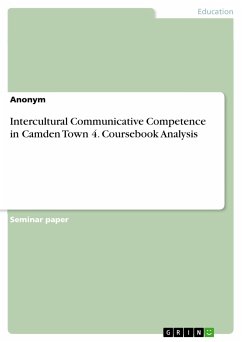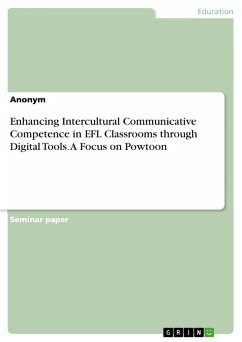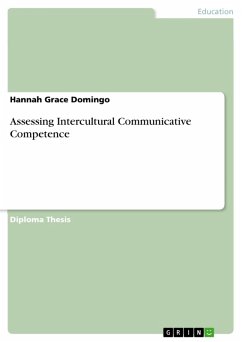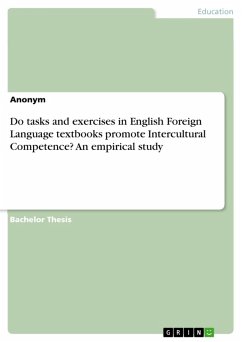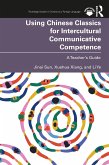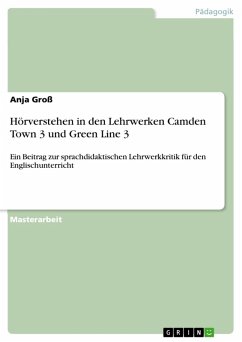Seminar paper from the year 2022 in the subject Didactics for the subject English - Pedagogy, Literature Studies, grade: 2,3, University of Potsdam, language: English, abstract: With Byram's savoirs being represented in the most important documents that deal with foreign language education, do editors choose tasks that promote intercultural communicative competence based on Byram's savoirs? And if yes, to what extent? This paper aims at answering these questions for the Camden Town 4 coursebook for the German Gymnasium. To be able to answer them at the end of this paper, I define intercultural communicative competence. A special focus is placed on Michael Byram's Model of Intercultural Communicative Competence, which will be explained in detail, then examples of how this competence can be implemented in the foreign language classroom will be presented. To round off the theoretical part, critiques that arose on Byram's model will be presented. Before starting to analyze the chosen coursebook, the methodology for this analysis will be explained. The term paper finished off with a conclusion that will answer the above-stated research question. In our rapidly growing and globalized world, more and more businesses require workers that are not only skilled in their areas but also interculturally competent. The lack of intercultural competence manifests itself in the training these businesses provide for their employees to develop it. With this necessity, intercultural competence logically moves into the focus not only of businesses but are also addressed in educational environments and are of special interest to foreign language teachers. Michael Byram already identified the necessity to include this competence in the goals in foreign language teaching in the late 90s. Up to then, the existing goals for language learners disregarded the importance of "the social identities and cultural competence of the learner in any intercultural interaction." (Byram, 1997: 8). He established a new model that had the goal to turn language learners into intercultural speakers. His model consists of five so-called savoirs and is, although developed 25 years ago, still one of the most important and present models concerning intercultural competence.
Dieser Download kann aus rechtlichen Gründen nur mit Rechnungsadresse in A, B, BG, CY, CZ, D, DK, EW, E, FIN, F, GR, HR, H, IRL, I, LT, L, LR, M, NL, PL, P, R, S, SLO, SK ausgeliefert werden.

